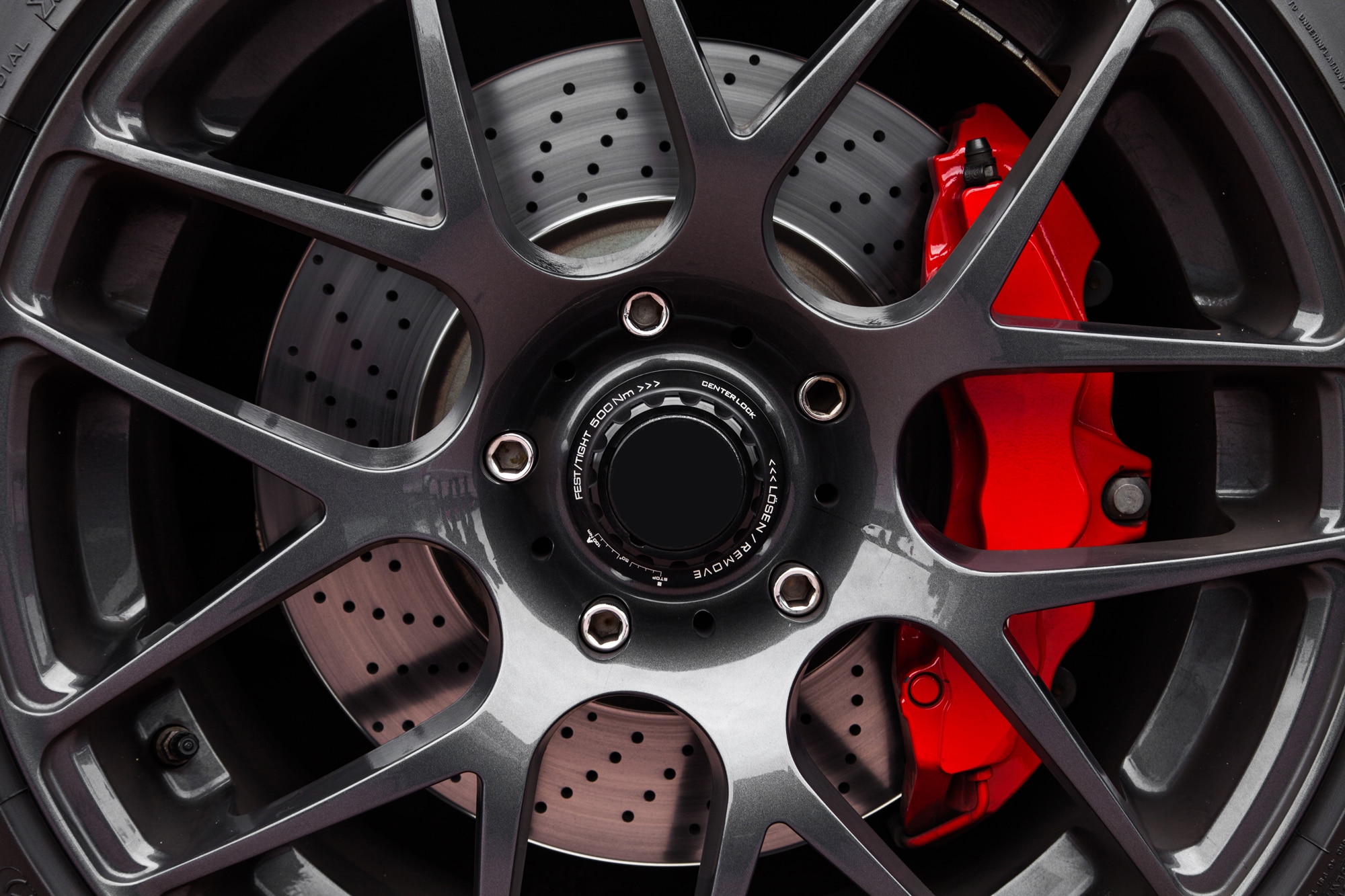Things to Consider Before Buying the Car with 20- or 22-Inch Wheels
Those large rims might look great, but they’re not the most practical choice.
 Shutterstock
Shutterstock
Article QuickTakes:
- Pros:
| - Cons:
| | |
Large wheels and tires are available for seemingly every automobile on sale today, ranging from compact sedans all the way up to full-size pickups. While 20-inch or even 22-inch rims are often an attractive option, there are a few things you should keep in mind before deciding to tick that box on the order sheet. Here are the pros and cons of buying a car with 20-inch-or-larger wheels.
Pro: Improved Handling
There are two primary reasons why so many new vehicles feature 20-inch rims. The first relates to performance, as a larger-diameter rim generally comes with a wider tire. Moving to a wider tire changes the shape of the contact patch where the tire touches the road. A shorter but wider contact patch helps the rubber stick better in the corners.
The thin, low-profile sidewall that comes with a 20-inch tire is also typically stiffer than the sidewall on a tire with the same overall diameter but smaller inner diameter. This improves how a tire feels on turn-in, as there's less squirm in the rubber, leading to more direct steering and quicker handling response.
Pro: Filling in Those Wheel Wells
Cars and SUVs increasingly feature large wheel wells, and visually, it's more attractive to fill that space with a stylish wheel than a black tire wall. If you’ve ever seen the concept sketches that automotive designers draw when dreaming up new vehicles, you’ve probably noticed that they draw massive wheels with rubber-band-thin tires. While these ideas are toned down for production, the proportions of a vehicle are often developed with the largest production wheels in mind. As a result of this styling trend, smaller wheels on a modern vehicle tend to look a little awkward.
Con: Greater Risk of Damage
A tire's sidewall acts as a cushion between the road and your vehicle's rims; the taller it is, the better it can absorb impacts with potholes and curbs. Compared with the rubber surrounding a 17- or 18-inch wheel, the tire on a 20-incher doesn’t have nearly as much sidewall, which not only makes it stiffer, but increases the likelihood that an obstacle on the road will cause a puncture or damage the wheel.
Con: Less Cushion
Just as a 20-inch tire's thinner sidewall offers reduced protection against a bent rim, it also can't insulate the vehicle against bumps as well as a smaller wheel with a larger sidewall can. This has a direct impact on ride quality, as the modest band of rubber transmits more vibration and impacts into a vehicle's interior. Installing a 20-inch rim on a high-performance or off-road vehicle that already features stiff suspension tuning further amplifies this effect.
Con: Expensive Replacements
Larger tires and wheels are almost always more expensive to replace than smaller designs, mostly due to the extra materials required to manufacture them. Given that 20s have a greater probability of seeing damage, you may have to deal with an unexpected expense.
Con: More Weight
Larger-diameter wheels tend to weigh more than smaller sets, which can result in slower acceleration, and increased braking distance, and worse fuel economy. Added unsprung weight also causes more wear on suspension parts, which might mean replacing bushings or dampers earlier than you would on the same vehicle with smaller wheels.



